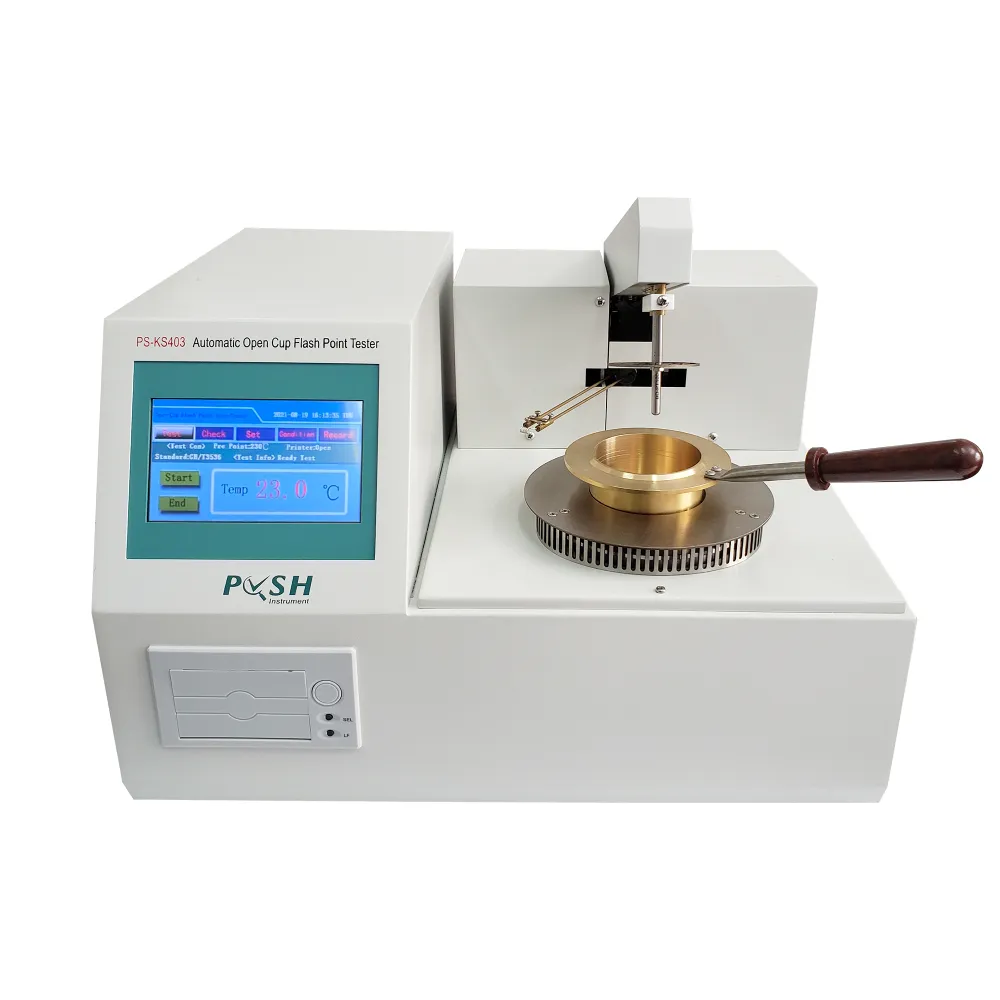 English
English


oil furnace smoke tester
Understanding Oil Furnace Smoke Testers An Essential Tool for Efficient Heating Systems
Oil furnaces are a popular choice for heating homes and commercial spaces, especially in regions with colder climates. However, the efficient operation of these furnaces is crucial not only for comfort and energy efficiency but also for environmental safety and compliance with regulations. One of the key tools in maintaining and assessing the performance of oil furnaces is the smoke tester. This article explores the significance of oil furnace smoke testers and their role in ensuring optimal furnace function.
What is an Oil Furnace Smoke Tester?
An oil furnace smoke tester is a specialized device used to measure the amount of smoke produced during the combustion process of oil in a furnace. The presence of smoke indicates incomplete combustion, which can lead to various issues, including reduced efficiency, increased fuel consumption, and higher pollutant emissions. By assessing smoke levels, technicians can determine whether the furnace is operating correctly or if adjustments are needed.
Importance of Smoke Testing
1. Efficiency Assessment Smoke testers help evaluate the efficiency of an oil furnace. A well-functioning furnace should produce minimal smoke, meaning that the combustion process is optimal. High smoke levels often indicate a problem, such as improper fuel-air mixture, which can lead to energy wastage.
oil furnace smoke tester

2. Environmental Compliance Many regions have regulations regarding emissions from heating systems. Smoke testers play a crucial role in ensuring that oil furnaces meet these environmental standards. By measuring smoke output, technicians can verify that the furnace operates within permissible limits, helping to reduce air pollution and its adverse effects.
3. Maintenance and Safety Regular smoke testing is an essential aspect of furnace maintenance. It helps identify potential issues before they escalate into significant problems, such as carbon buildup or system failures. Additionally, excessive smoke can be a sign of incomplete combustion, which can result in dangerous carbon monoxide production. Therefore, regular checks contribute to the safety of the occupants.
How Smoke Testing Works
Oil furnace smoke testers typically employ a simple yet effective methodology. The device consists of a probe that is inserted into the flue or chimney of the furnace. When the furnace is in operation, the smoke tester collects samples of the emissions. These samples are then analyzed to determine the density of smoke, which is usually measured using a scale known as the Ringelmann scale, ranging from 0 (no smoke) to 4 (black smoke).
Conclusion
In conclusion, oil furnace smoke testers are indispensable tools for ensuring the efficient and safe operation of oil heating systems. By enabling technicians to assess combustion performance, these devices help optimize energy efficiency, comply with environmental regulations, and enhance overall safety. Homeowners and facility managers should prioritize regular smoke testing as part of their maintenance routine to ensure their oil furnaces are functioning at peak performance, benefiting both their comfort and the environment. With the right tools and practices, it is possible to maintain a clean and efficient heating system that serves its purpose effectively while safeguarding public health and the environment.
-
Differences between open cup flash point tester and closed cup flash point testerNewsOct.31,2024
-
The Reliable Load Tap ChangerNewsOct.23,2024
-
The Essential Guide to Hipot TestersNewsOct.23,2024
-
The Digital Insulation TesterNewsOct.23,2024
-
The Best Earth Loop Impedance Tester for SaleNewsOct.23,2024
-
Tan Delta Tester--The Essential Tool for Electrical Insulation TestingNewsOct.23,2024





